Fastest, Farthest, Deepest: Olympic Champ Animals at Golden Gate
With the Rio Olympics set to open on August 5, we put all the animals in the Golden Gate National Parks and surrounding waters to compete in a variety of sporting challenges. (Disclaimer: This was purely an exercise of the imagination and no animals were harmed during the production of this E-ventures article.)
So which species put their best foot, paw, wing, and fin forward?
Deepest Diver
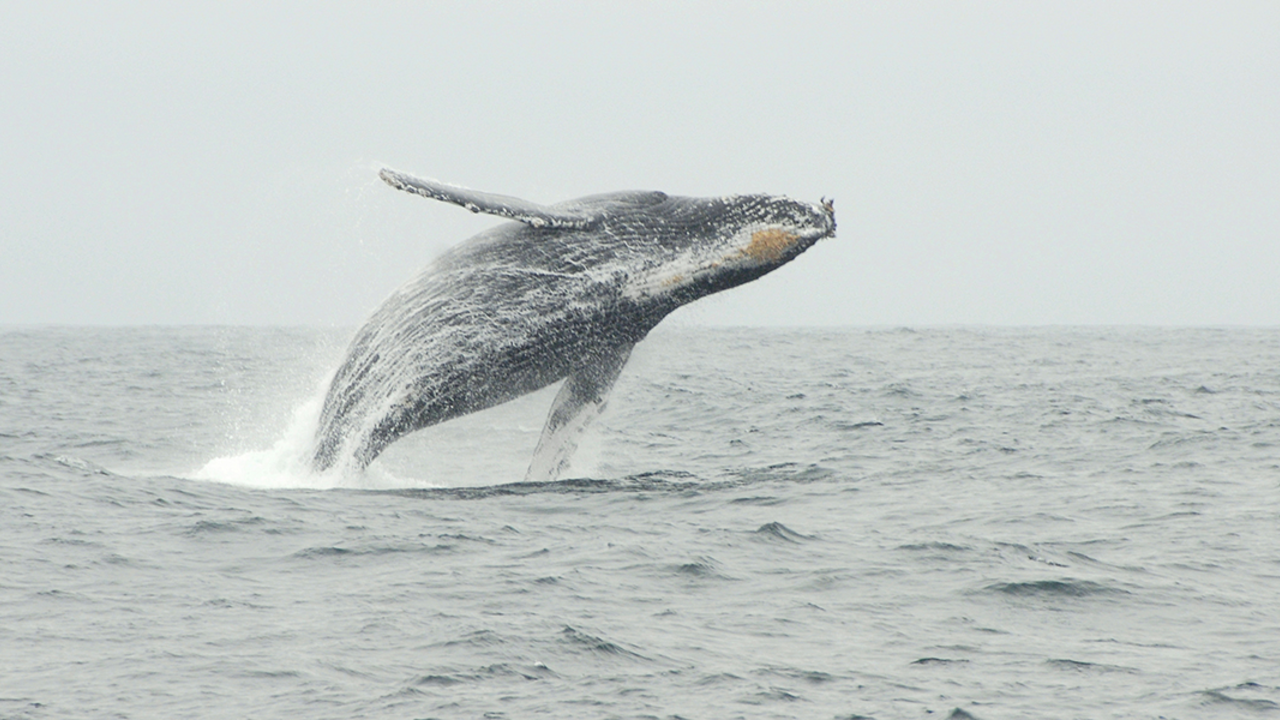
While it’s no “fluke” the powerful humpback whale (Megaptera novaeangliae) is an excellent diver (it can reach depths of over 700 feet), it actually has to settle for bronze in this competition. The two species vying for first place in our local competition are both “underdogs,” so to speak—a pair of pinnipeds, the California sea lion (Zalophus californianus) and northern elephant seal (Mirounga angustirostris).
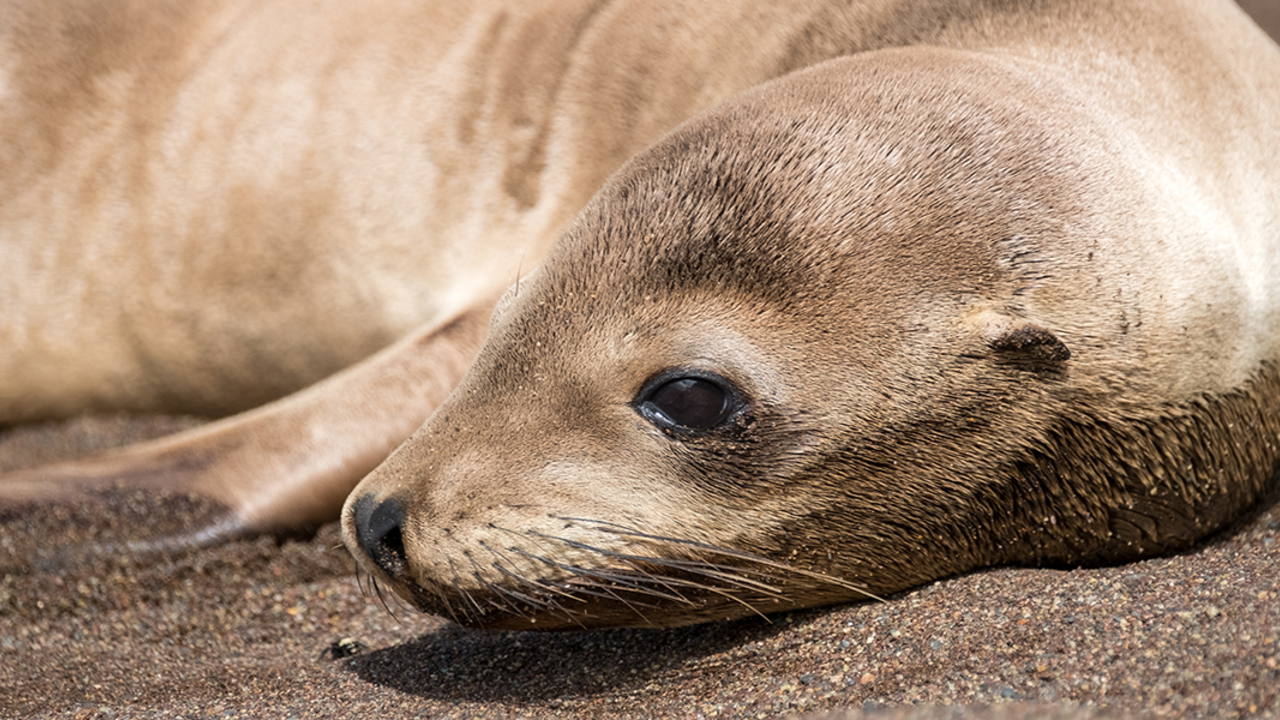
In the end, the gold medal goes to the latter. One female elephant seal off of Vancouver Island was measured at an astonishing depth of 5,788 feet—well over one mile beneath the ocean’s surface! Still, it’s a far cry from the world record-holder, the Cuvier’s beaked whale (Ziphius cavirostris). A 2014 study found that this cetacean can dive to a depth of nearly two miles!
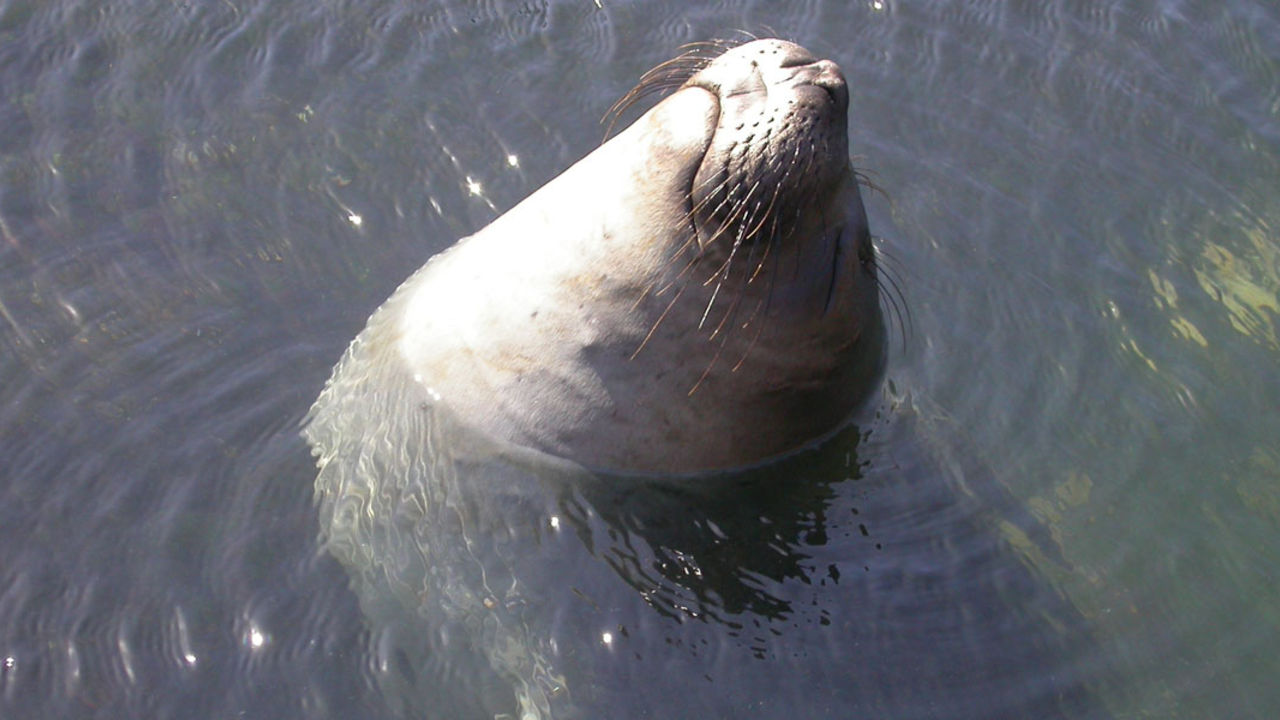
Fastest Flier
Here in the Golden Gate National Parks, we are graced by the presence of an undisputed world champion: the peregrine falcon (Falco peregrinus). Capable of diving through the air at a breathtaking 242 mph during its “stoop,” the peregrine is recognized as the fastest animal in the world. Special adaptations—like bony tubercules on its nostrils to redirect air flow and “third eyelids” to keep its vision clear—remind us that this falcon is one of nature’s most finely engineered creatures. Keep your own eyes peeled in the Marin Headlands, as you scan the towers of the Golden Gate Bridge for a possible glimpse at our local peregrines.
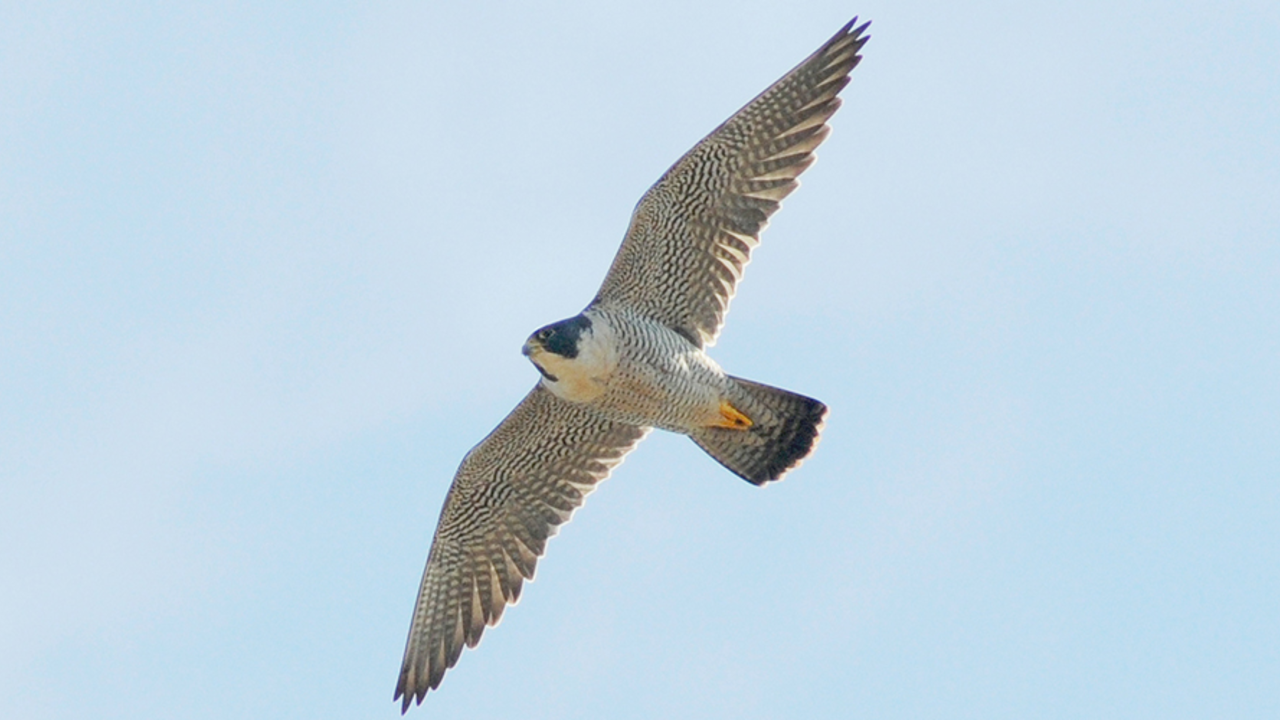
Strongest Weight Lifter
On pure force and power alone, no species can compete with the blue whale (Balaenoptera musculus), the biggest animal on the planet. Imagine the muscle required to pull its 150-ton bulk (that’s 300,000 pounds!) through the coastal waters of central California, where it can be seen in summer and fall. And when it comes to having the heart of a champion…well, the blue whale has one the size of a VW Beetle.
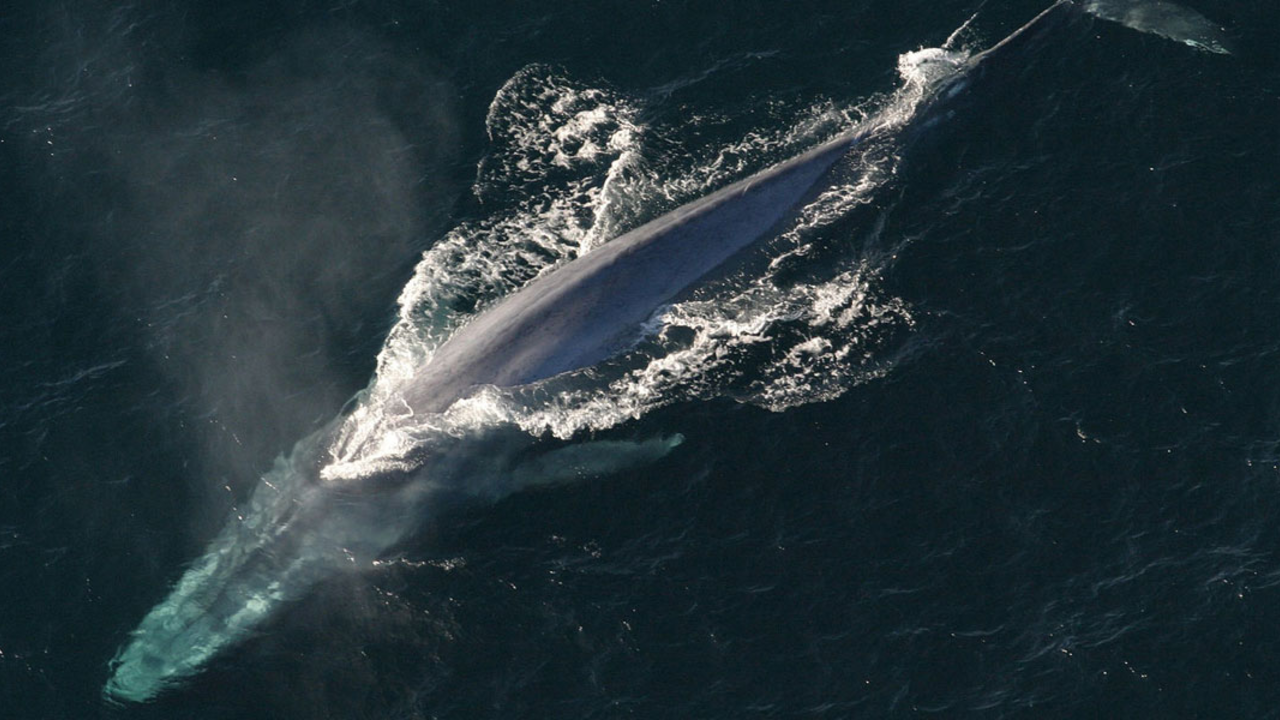
Speaking of beetles...they’re the real champs in this strength event! On a pound-for-pound basis, the diminutive and unheralded dung beetle (Scarabaeinae) stands atop the podium. One Herculean species can pull 1,141 times its body weight—the equivalent of a human pulling SIX fully loaded double-decker buses! And lest you look down upon this lowly poop-eating insect, know that the dung beetle is the only member of the animal kingdom to master navigation by the starlight of the Milky Way.
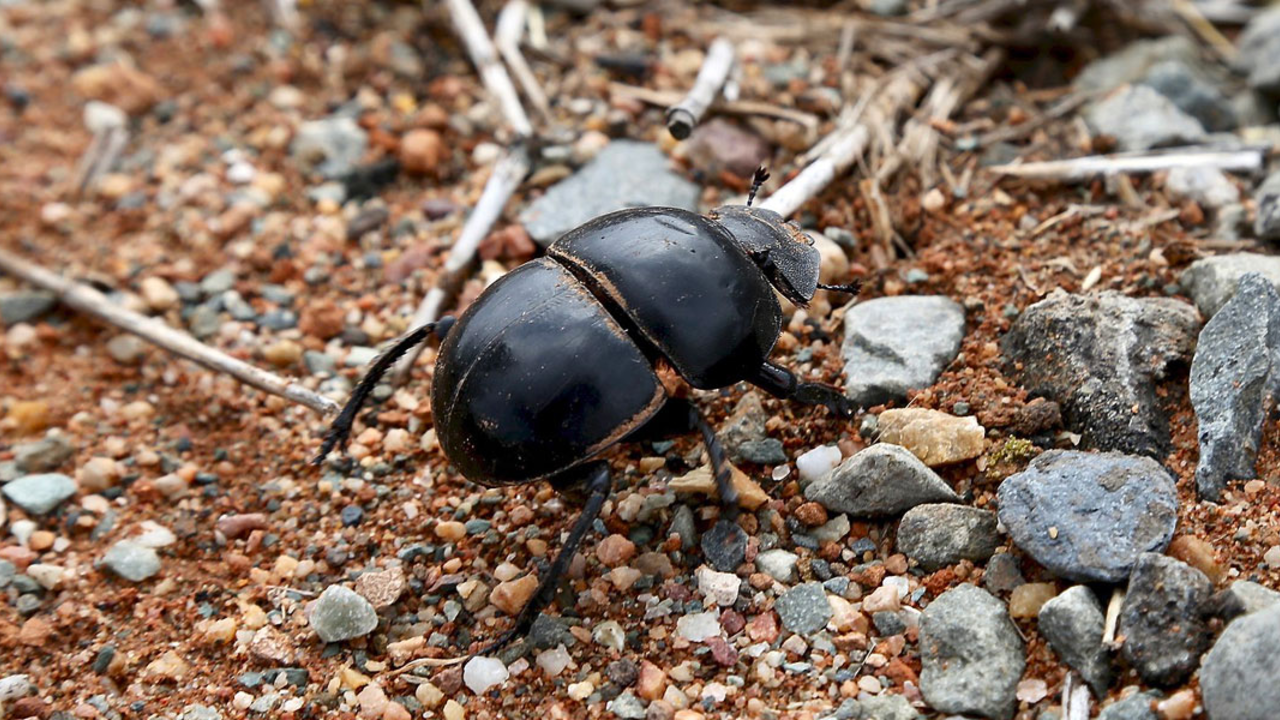
Longest Traveler

Distance runners simply don’t measure up when compared to these endurance athletes. Here at Golden Gate, several species are in the “running” for completing the most arduous migratory route. A couple of them are marathoning marine mammals: the northern elephant seal (traveling up to 14,000 miles in a year), and the humpback whale (which makes the trek between Alaska and Hawai’i—3,000 miles each way). Monarch butterflies (Danaus plexippus) are in contention (a 5,000-mile migratory flight)—but they’re disqualified because it takes the species four generations to complete that odyssey.
The gold medal goes to the indefatigable sooty shearwater (Ardenna griseus), which travels a staggering 45,000 miles each year—criss-crossing the Pacific Ocean multiple times. They can be seen off the coast at Rodeo Beach and Ocean Beach each year.
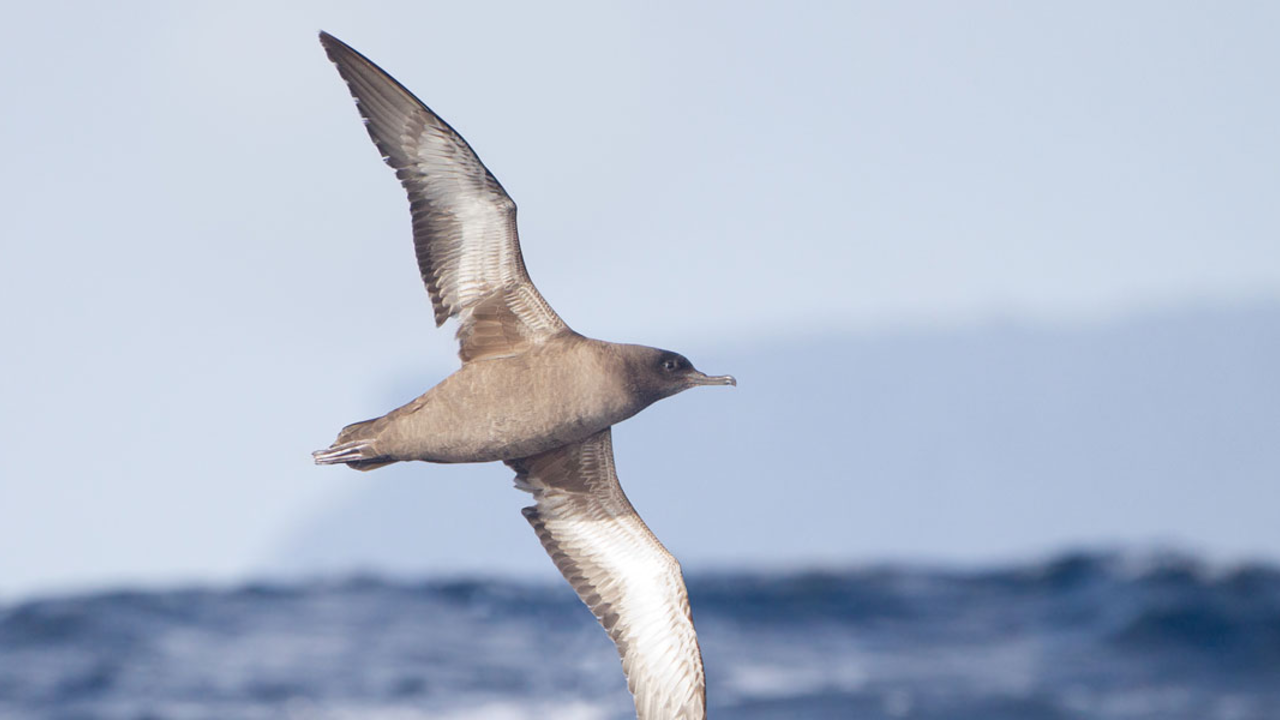
Highest Jumper
The spittlebug (Aphrophoridae), which made E-ventures’ esteemed list of the Top 10 Creepiest Critters in the Parks, can add another prize to its teeny-tiny trophy case: a gold medal in the leaping category. It turns out that it can do a lot more to defend itself than just wrap itself in anally secreted, saliva-looking froth (which it does in its nymph stage).
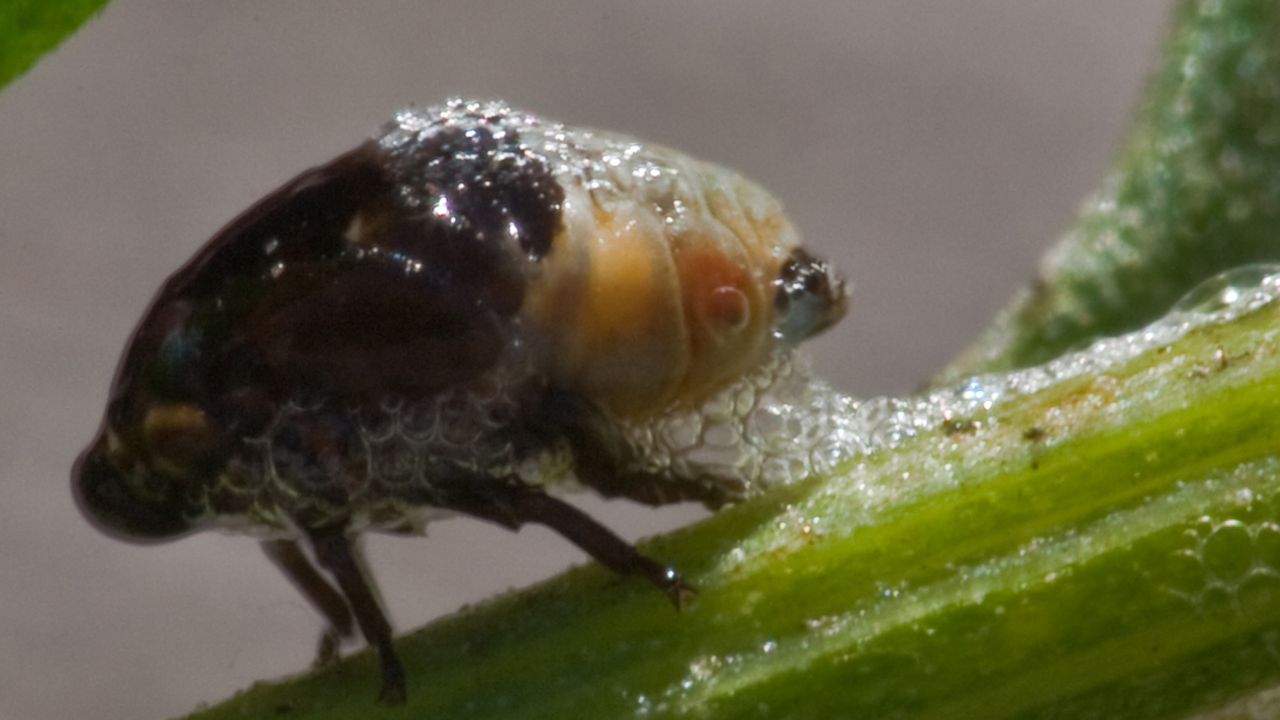
The quarter-inch-long froghopper (Philaenus spumarius), when threatened, can unleash explosive power from its hind legs, propelling itself two feet in the air. To put that in perspective: that’s more than twice as high as the notoriously springy flea, and equivalent to a six-foot human jumping over the Washington Monument! In doing so, the spittlebug endures a mind-bending force 400 times that of gravity (or 400 Gs); by comparison, human jet pilots pass out under 6 Gs.
